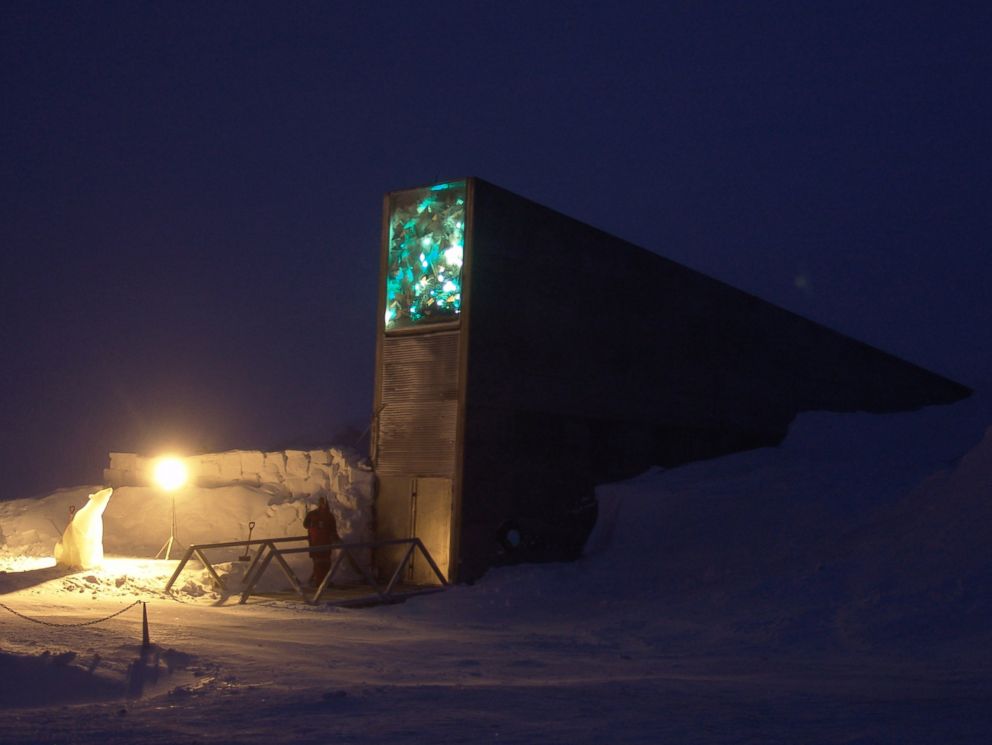

Otherwise known as the Doomsday Bank, the Seed Vault on the Spitsbergen Island of the Svalbard archipelago just had its 10-year anniversary, and celebrated with a top-up of seeds and plans for an upgrade. The marketing stunt was inspired by the Global Seed Vault, which protects.
#Norway doomsday vault upgrade
The latest shipment will bring to around 1.05 million the number of seed varieties placed in three underground alcoves which form the vault, known also as Noah’s Ark.Īimed at safeguarding biodiversity in the face of climate change, wars and other natural and man-made disasters, the seed bank has the capacity to hold up to 4.5 million batches, or twice the number of crop varieties believed to exist in the world today. That’s why Norway is spending 100 million NOK (US13 million) to upgrade the Svalbard Global Seed Vault. Oreo created an asteroid-proof vault in Norway to store cookies and their recipe. The Svalbard Global Seed Vault, which opened in late February 2008, was built by the organization Crop Trust and the. The Nordic country paid US 9.1 million for construction, which took less than a year. Just over a decade after it first opened, the world’s doomsday vault of seeds is imperiled by climate change as the polar region where it’s located warms faster than any other area on the planet. It is built 150-meter-deep into the mountain core. The Doomsday Vault ensures complete safety. They even fully-funded the construction of the seed vault.

Can hold up to 4.5M seed samples, will eventually house most types of key crops. Norway owns the vault in Svalbard, a frigid archipelago about 620 miles from the North Pole. What Is the ‘Doomsday Vault’ in Norway You should also thank the Norwegian Government for their relentless contribution. On the Norwegian island of Spitsbergen, the Svalbard Global Seed Vault protects around 865,000 seed samples from all over the world. Ultimate safety net for the worlds seed collections opens in Norway this week. “But more importantly it demonstrates a growing global commitment - from the institutions and countries that have made deposits today and indeed the world - to the conservation and use of the crop diversity that is crucial for farmers in their efforts to adapt to changing growing conditions,” he said.Ĭommon as well as wilder varieties of grains are being sent by institutions in countries as diverse as Brazil, the United States, Germany, Morocco, Mali, Israel and Mongolia. A partnership between the Norwegian government, the Nordic genetic Resources Center and the Global Crop Diversity Trust, the Seed Vault provides free. Sometimes called the 'doomsday vault,' the Svalbard Global Seed Vault in Norway is seen as humanity's last hope against extinction after a world crisis. “The large scope of today’s seed deposit reflects worldwide concern about the impacts of climate change and biodiversity loss on food production,” Schmitz added.


 0 kommentar(er)
0 kommentar(er)
